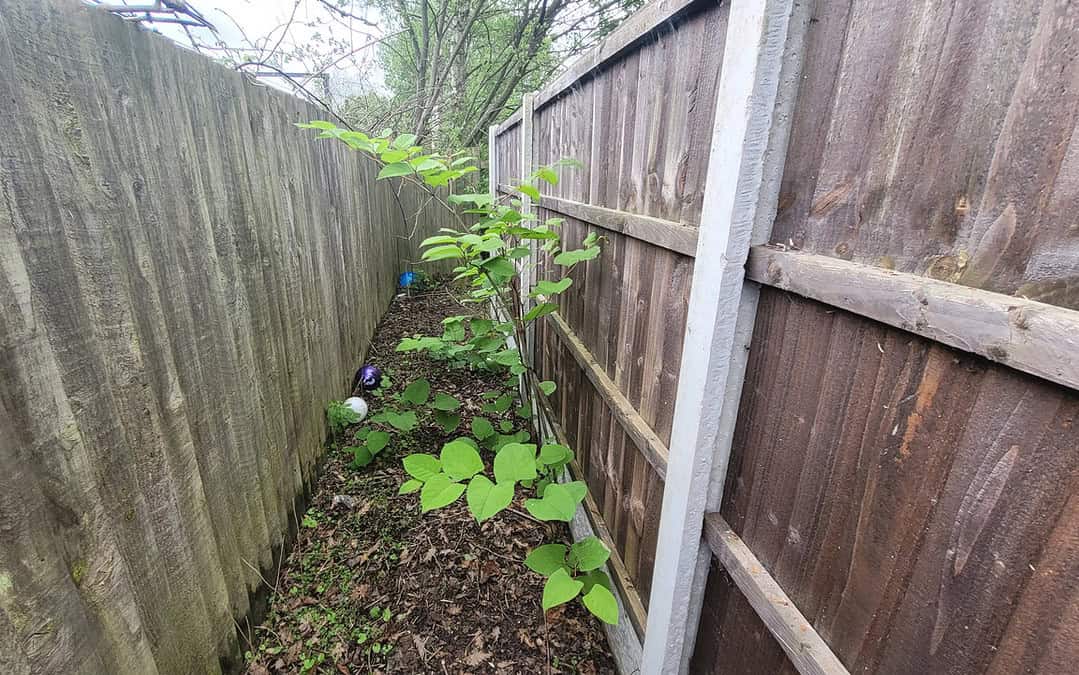Concerned about the environmental impact of Japanese Knotweed management?
Here are some sustainable approaches to control the invasive plant without harming the environment.
Japanese Knotweed is an invasive plant species that has been know to cause significant damage to property and the environment. Traditional methods of Japanese Knotweed management, such as using herbicides and excavation, can have a detrimental effect on the environment. Fortunately, there are sustainable approaches to control Japanese Knotweed that are both effective and eco-friendly. In this article, we will explore the most sustainable approaches to Japanese Knotweed management.
Approach 1: Biological Control
Biological control is a sustainable approach to Japanese Knotweed management that involves using natural enemies to control the plant. In the UK, a fungus called Mycosphaerella leaf spot has been found to be an effective biological control agent for Japanese Knotweed. The fungus infects the leaves of the plant, causing it to weaken and die. This method is safe for the environment and does not harm other plants or animals.
Approach 2: Stem Injection
Stem injection is a sustainable approach to Japanese Knotweed management that involves injecting herbicide directly into the plant’s stem. This method is effective because it targets the plant’s roots, preventing it from growing back. However, stem injection only affects the targeted plant, making it an environmentally friendly option. It is important to use the appropriate herbicide and to follow the manufacturer’s instructions carefully.
Approach 3: Smothering
Smothering is a sustainable approach to Japanese Knotweed management that involves covering the plant with a barrier, such as a tarpaulin or plastic sheeting, to prevent sunlight from reaching the plant. This will eventually kill the plant, but it can take up to three years for the plant to die. This method is best suited for small infestations, and it is not recommended for large-scale removal.
Approach 4: Combination Approach
Combining different methods is the most effective and sustainable solution for Japanese Knotweed management. For example, you can start by using stem injection to target the plant’s roots, and then use smothering as a follow-up treatment to prevent the plant from growing back. This approach is environmentally friendly and does not harm other plants or animals.
FAQs:
- Is Japanese Knotweed harmful to the environment? A. Yes, Japanese Knotweed is harmful to the environment. It can cause damage to natural habitats, reduce biodiversity, and increase the risk of soil erosion.
- What is the most effective method for Japanese Knotweed management? A. The most effective method for Japanese Knotweed management is a combination of different approaches. By using a combination of methods, you can ensure that the plant is completely removed without harming the environment.
- How can I prevent Japanese Knotweed from spreading? A. To prevent Japanese Knotweed from spreading, you should avoid disturbing the soil around the plant, dispose of the plant’s waste properly, and avoid moving soil or plant material from infested areas.
Japanese Knotweed is a destructive plant species that can cause significant damage to property and the environment. However, by using sustainable approaches to control the plant, we can protect the environment while effectively managing the infestation. Biological control, stem injection, smothering, and a combination of methods are all sustainable approaches to Japanese Knotweed management that are both effective and eco-friendly. By taking a sustainable approach, we can protect the environment while effectively managing the invasive plant.
